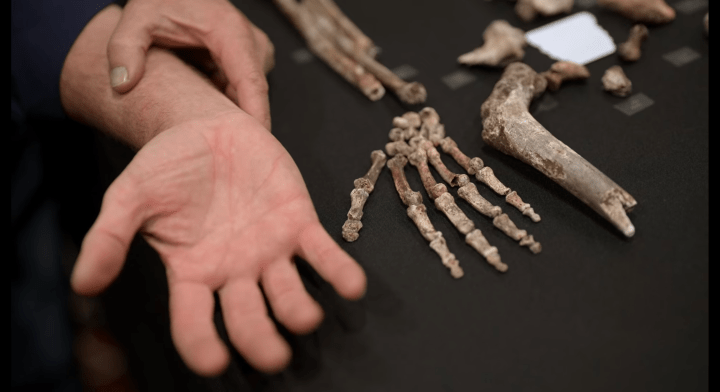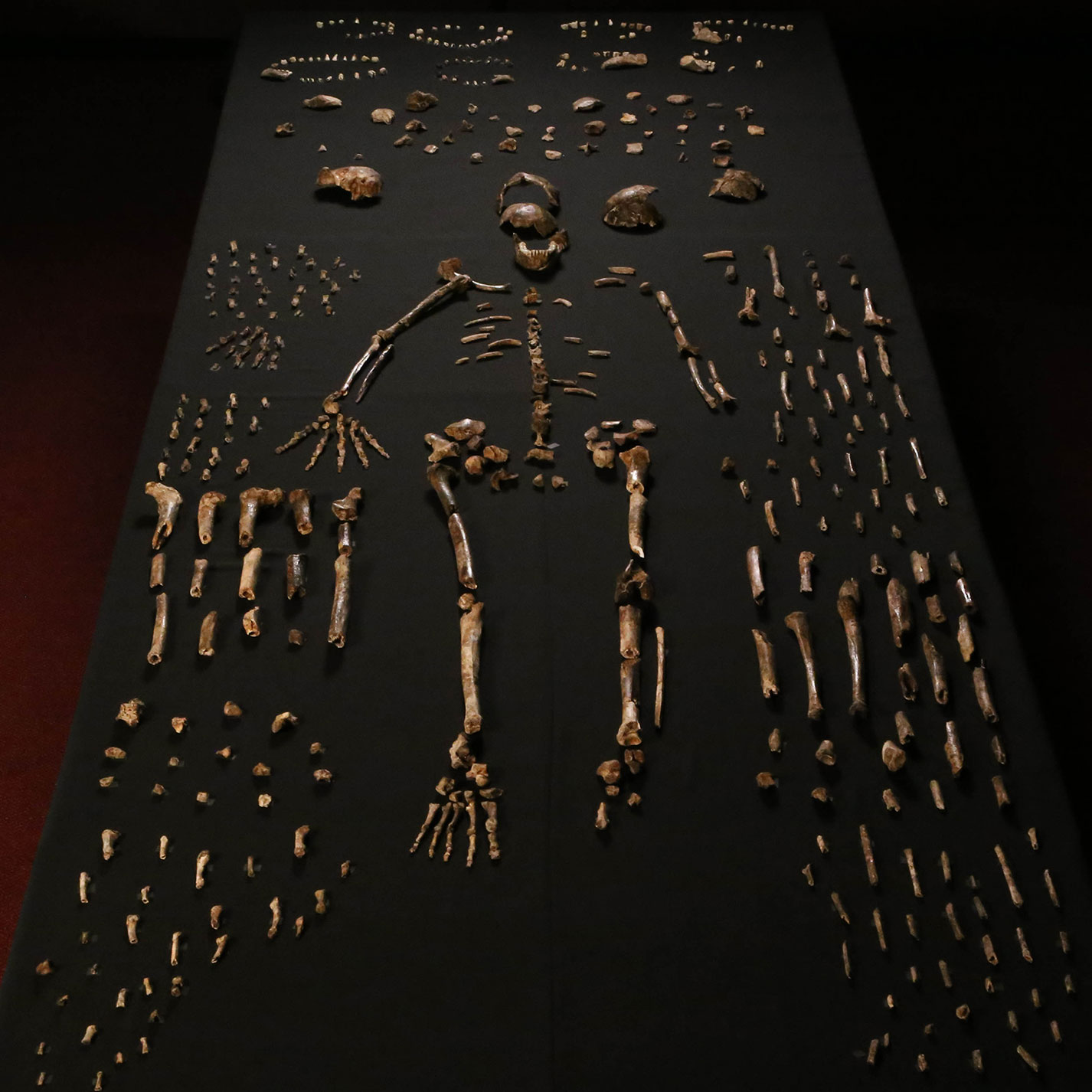WHAT WE’RE WATCHING
Netflix’s ‘Unknown: Cave of Bones’ takes on the ancient cold case of Homo naledi

The film is a compelling tale of discovery and archaeological sleuthing, one that upends the straightforward and widely assumed trajectory of hominin evolution.
Nestled along the southern slopes of the Magaliesberg, about an hour’s drive from Johannesburg, is a thin sliver of land, barely 60km by 20km. This is a global treasure trove of ancient bones and fossils — the world’s richest source of evidence for understanding our human origins.
The archaeological importance of the “Cradle of Humankind” exploded in 2008 with the discovery of a new species of human ancestor (Austalopithicus sediba). In 2013, with the discovery of Homo naledi, an early human relative, its reputation went stratospheric.
And now the story is on Netflix.
Netflix’s Unknown: Cave of Bones tells the fascinating story of this discovery. It raises profound questions that challenge core prior assumptions about our human origin story.
The film follows renowned paleoanthropologist and Wits Professor Lee Berger as he and his international team retrace the story of naledi’s discovery. In the process, they unpack and unpick the different dimensions of the discovery — the most extensive and complete collection of hominin fossils yet found.
This underpins the basic question that echoes throughout film: what does it mean to be human?
Beyond the scale and nature of the find (which consists of the near-complete skeletons of over fifteen individuals of all ages and genders, in pristine condition), its significance boils down to several key points.
The skeletons are found 60m deep in a labyrinthine cave system which is difficult and dangerous to navigate. It is pitch dark. The bones are arranged in shallow depressions in the cave floor. These appear to be cut through layers of rock and do not follow the floor’s natural slope.
Above the skeletons, in two different chambers, abstract lined patterns have been carved deep into the walls. These intersect to form triangles and crosses. Evidence of fire appears to exist on the floor of the chambers in which the bones were found.
Together, these findings create a great mystery, the ramifications of which are likely to ripple for a long time to come.

Homo naledi is the largest fossil hominin find yet made on the continent of Africa. (Photo: Wits University)
Firstly, purposeful (and possibly ceremonial) burial is an indication of abstract reasoning about identity, community, and death. This is one of the key capabilities that paleoanthropologists have used to distinguish our species, Homo sapiens, from others on the family tree. We may no longer be alone in this respect.
Then, conscious symbolic representation — ‘art’ — is widely viewed as a precursor to language and high-level cognition, a key characteristic of early humans. Until naledi, the oldest example of this, found in Blombos cave in the Western Cape, has been dated to 80,000 years ago. Naledi lived 250 — 300,000 years ago. We humans appear no longer to be so unique in this respect either.
Finally, the controlled use of fire was previously thought to be a key marker of Homo sapiens. This may no longer be the case.
Suddenly, we have a non-human species that lived hundreds of thousands of years before us, with a brain not much larger than an orange, showing sophisticated behaviour previously thought to be unique to humans.
The film upends the straightforward and widely assumed trajectory of hominin evolution that, until now, has been supported by the fossil record. This held that our evolution was an incremental and linear process: one hominin species existing at a time, giving way to successor species according to a sequential evolutionary process.
Read more in Daily Maverick: Meet the neighbours – Homo naledi’s coming out party
While Berger and colleagues are bold in their contention that naledi engaged in ceremonial burial, guided by fire and commemorated with wall etchings, they stop short of drawing any inferences about the nature of any link between them and us.
Still, the film contends that highly sophisticated behaviour that used exclusively to be associated with early humans can now be traced to a non-human species. “That is a very big deal,” says Berger, something that, in a memorable phrase that concludes the film “deserves the respect of the entire human race”.
Whatever your view of the evidence or the archaeological significance of naledi, the film is wonderful to watch. It is a compelling tale of discovery and archaeological sleuthing — “the ultimate cold forensic case from 250,000 years ago” — beautifully filmed and well narrated. DM
Paul Zille operates Origin Safaris, a travel company that specialises in archaeology safaris, including to dig sites in the Cradle of Humankind.
















I started watching the series and although I enjoyed the questions raised and the beautiful animations, I became frustrated with the amount of conjecture and so stopped watching. Were they able to conclusively show that the bones and the rock etchings are from the same time period? Were they able to show that there was indeed actual evidence of fire and, again that this could be dated to the same time period?
Truly a world class production, telling a fascinating tale of ancient forbears, that will make you immensely proud to be a South African!